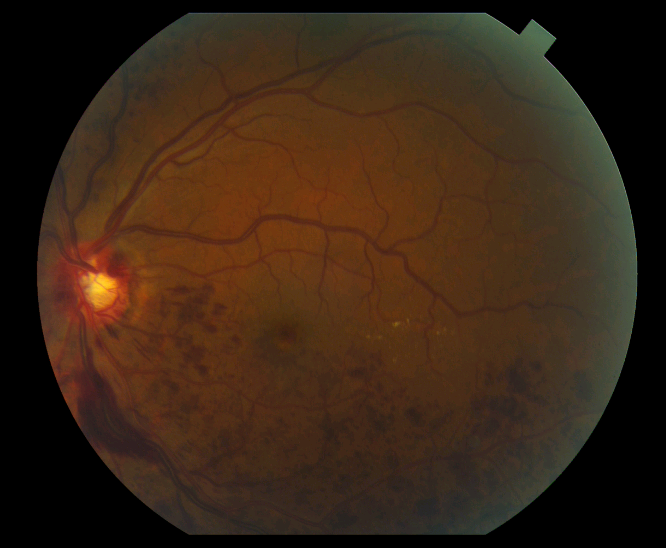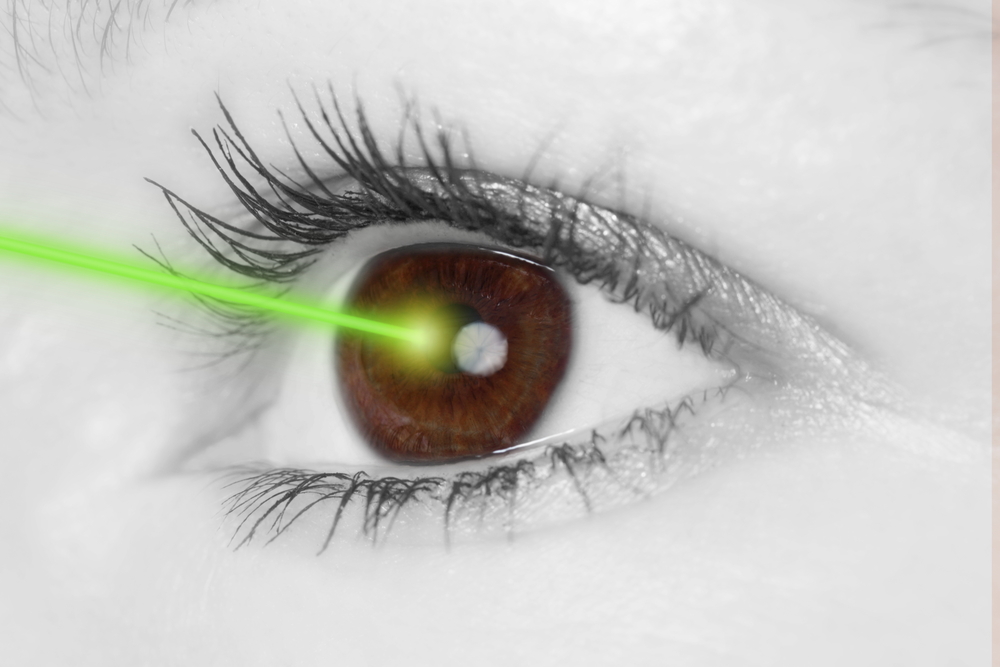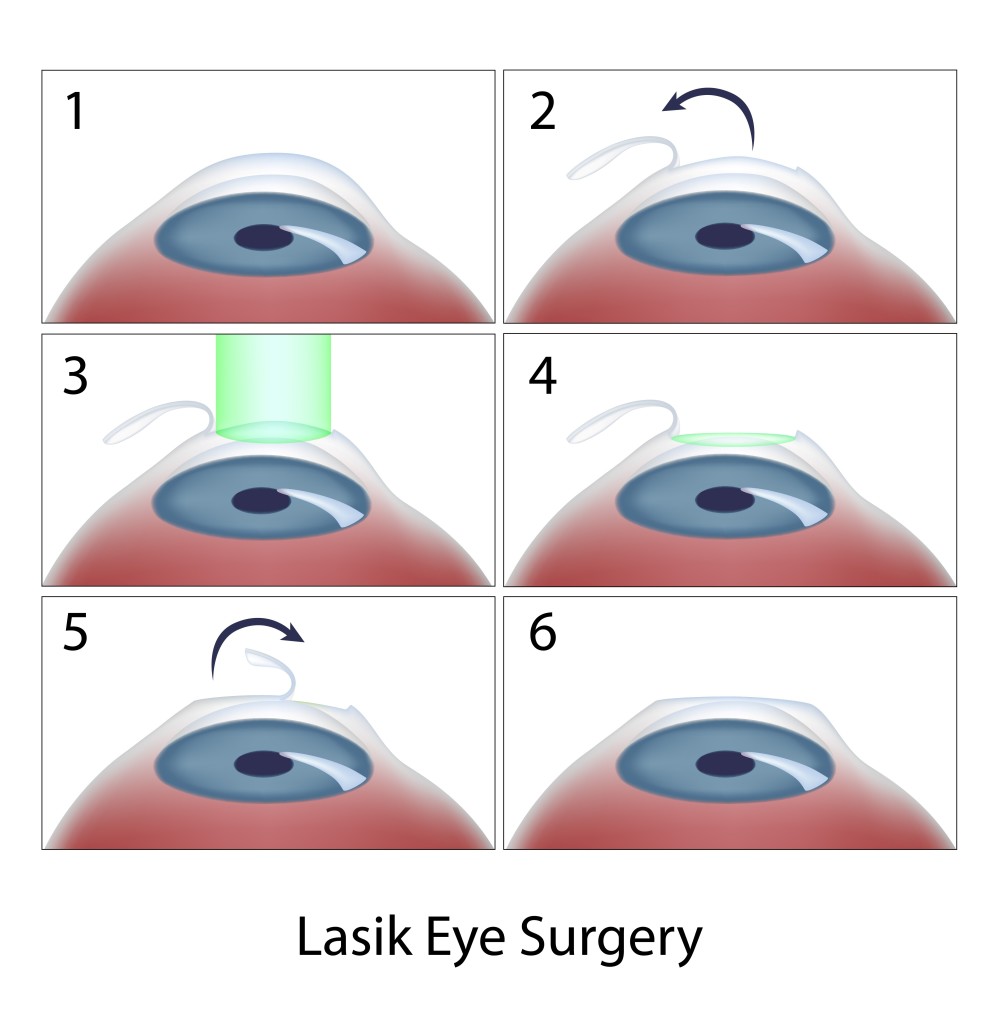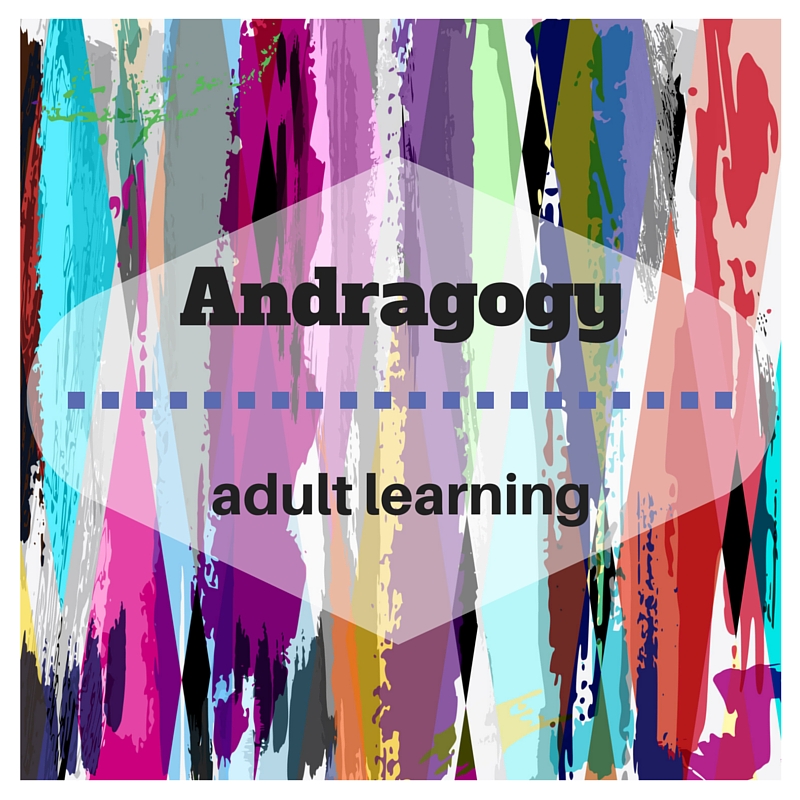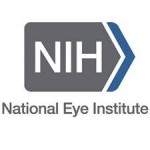A sure sign that fall is here is that Starbucks is offering their Pumpkin-Spiced Lattes. Since pumpkins begin to ripen in September, this makes sense. But there are so many other ways to enjoy pumpkins, which can be good for your vision.

They contain an abundance of antioxidants, vitamins, fiber and phytonutrients that are good for your skin, eyes and heart, and they may also decrease your risk of cancer.
When shopping for your pumpkin you need to look for the sugar or cheese pumpkins varieties that are good for cooking and baking, because of their dense, sweet flesh. A traditional field pumpkin that you use for decoration and carving jack-o’-lanterns has watery, stringy flesh and is not recommended for eating.
You can keep an un-cut pumpkin at room temperature for up to a month. Stored in a cool cellar or refrigerator, they can last up to three months. However, once you cut the pumpkin, pieces should be wrapped tightly and refrigerated and used within five days.
Pumpkin Season Recipes
Here are a variety of tasty recipes that will let you enjoy pumpkins beyond the traditional soup and pie (but we have included those two as well).
Breads and Muffins

Pumpkin Biscuits from Country Living
Pumpkin-Cranberry Breadsticks from Recipe Girl
Pumpkin and Cream Cheese Muffins from Country Living
Pastas

Ravioli with Pumpkin Alfredo Sauce from Taste and Tell
Soups

Roasted Pumpkin Soup from Martha Stewart
Breakfast Treats

Pumpkin-Ginger Waffles from Country Living
Desserts

Ginger Pumpkin Pie with Toasted Coconut from My Recipes by David Bonom
Pumpkin Chiffon Pie with Gingersnap Pecan Crust from Epicurious
Extras

Pumpkin Salsa from Little Figgy
Pumpkin Pie Shake from My Recipes by Vivian Levine
As the days get shorter and the temperatures cool off, these recipes will hopefully get you geared up for autumn, and the holidays that are around the corner. Let us know which recipes are your favorites in the comments below.
9/29/15
 Susan DeRemer, CFRE
Susan DeRemer, CFRE
Vice President of Development
Discovery Eye Foundation



